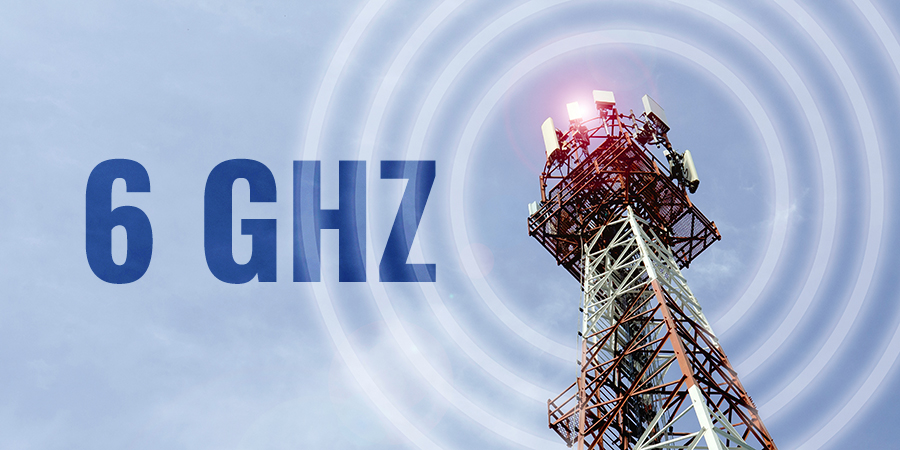The upper 6 GHz licensed band specification for 5G has been officially completed by the 3rd Generation Partnership Project (3GPP). This marks a major milestone in the efforts of making the entire 6 GHz band IMT-licensed.
The standardization work of the upper 6 GHz spectrum (U6G, 6425–7125 MHz) as an IMT licensed band opens up opportunities for governments to coordinate 6 GHz strategies and discuss how to develop the telecom ecosystem globally, as more countries and regions recognize how important 6 GHz is in sustaining the mobile industry's growth.
3GPP approves the RF specifications for U6G for both network and user equipment, providing a standard basis for the industry chain to develop products for this spectrum.
The mobile industry is the engine of digital transformation, fueled by the mid-band spectrum where the 6 GHz band is a crucial part. The Global System for Mobile Communications Association (GSMA) has been urging countries to release at least 2 GHz of mid-band spectrum by 2025 to 2030 to realize the vision for 5G data rates proposed by the International Telecommunication Union (ITU).
Providing the advantages of low bands in coverage and high bands in capacity, the 6 GHz band enables operators to provide ubiquitous 5G high-bandwidth services at a low per-bit cost, promoting continuous innovation of emerging 5G services and accelerating digital transformation in society.
Global efforts across the mobile industry involving industry partners, operators, as well as equipment, device, and chipset vendors have accelerated the standardization process and ecosystem development of 6 GHz.
Currently, field tests on 6 GHz IMT are well underway, paving the way to implement 6 GHz IMT's pre-commercial deployment by 2025.
During the 3GPP RAN#96 plenary meeting, a resolution was also introduced regarding the continuation of the ongoing efforts to also specify the entire 6 GHz band (5925–7125 MHz) for IMT as part of Release 18.










